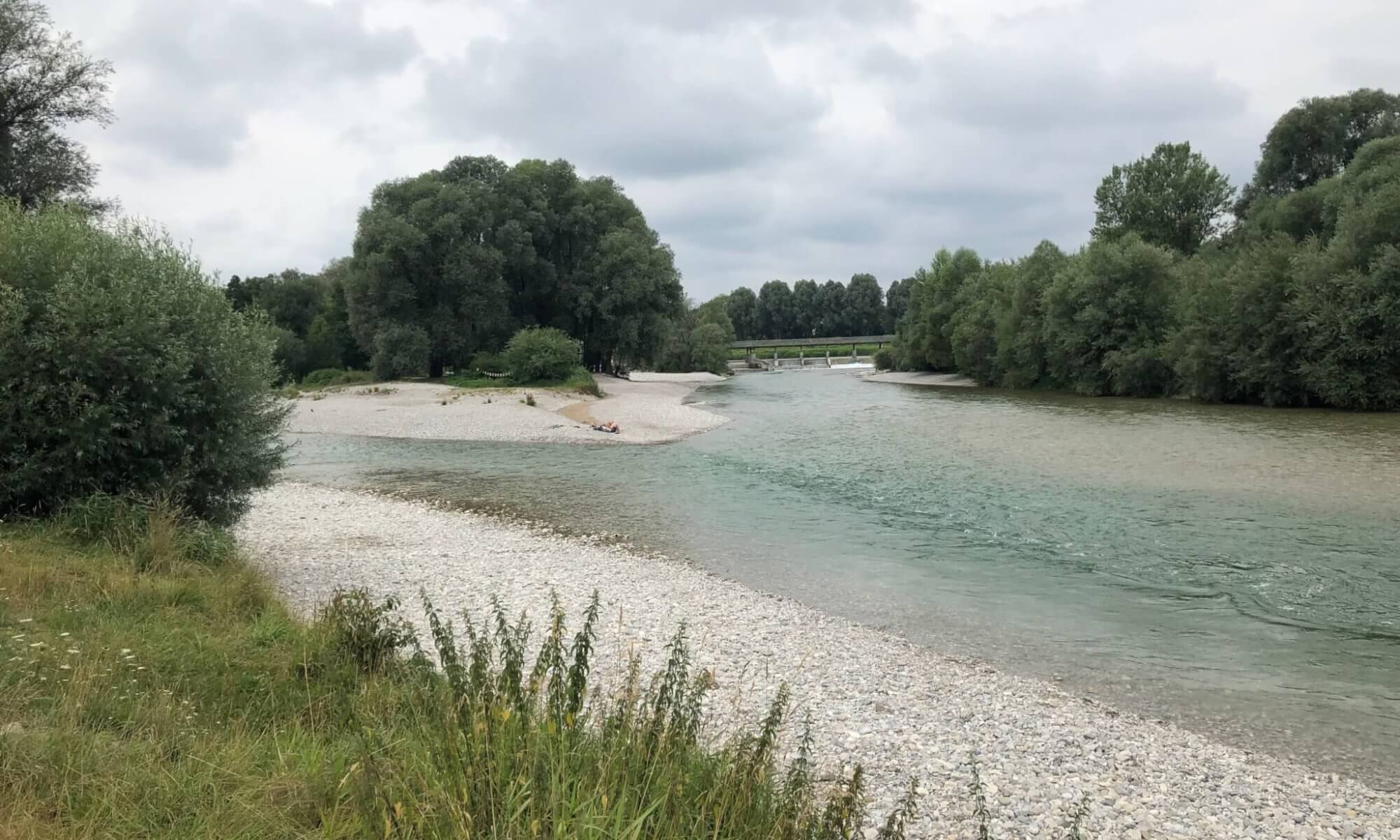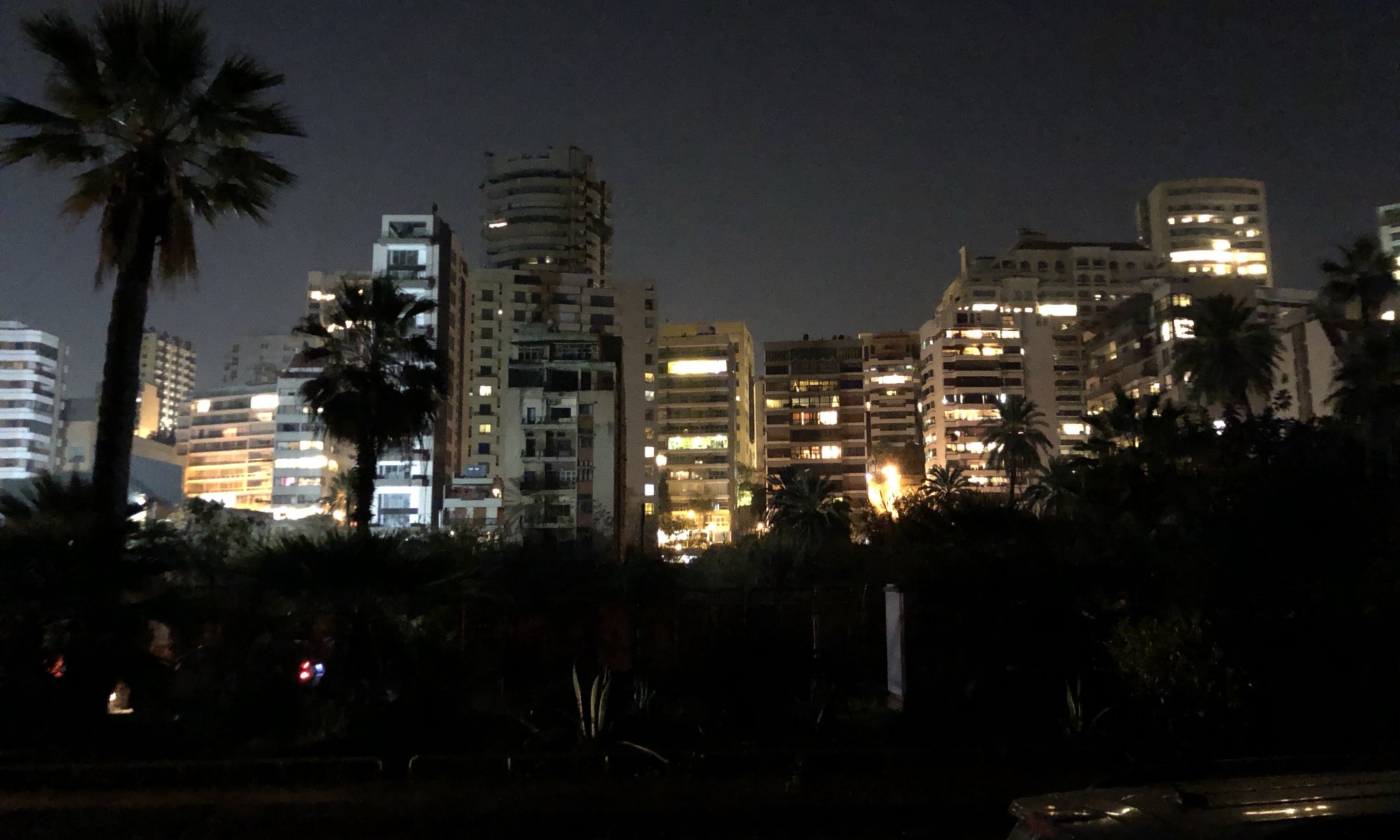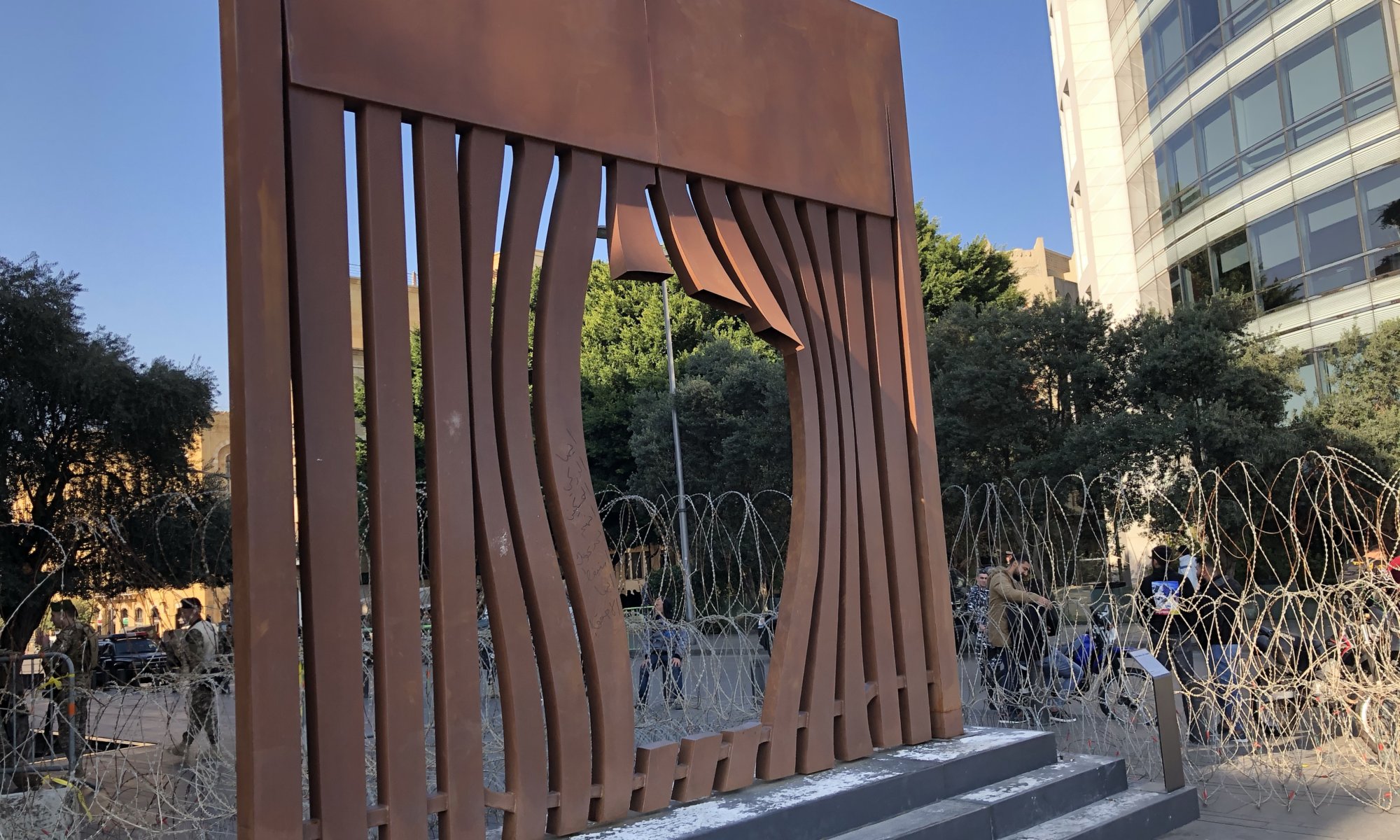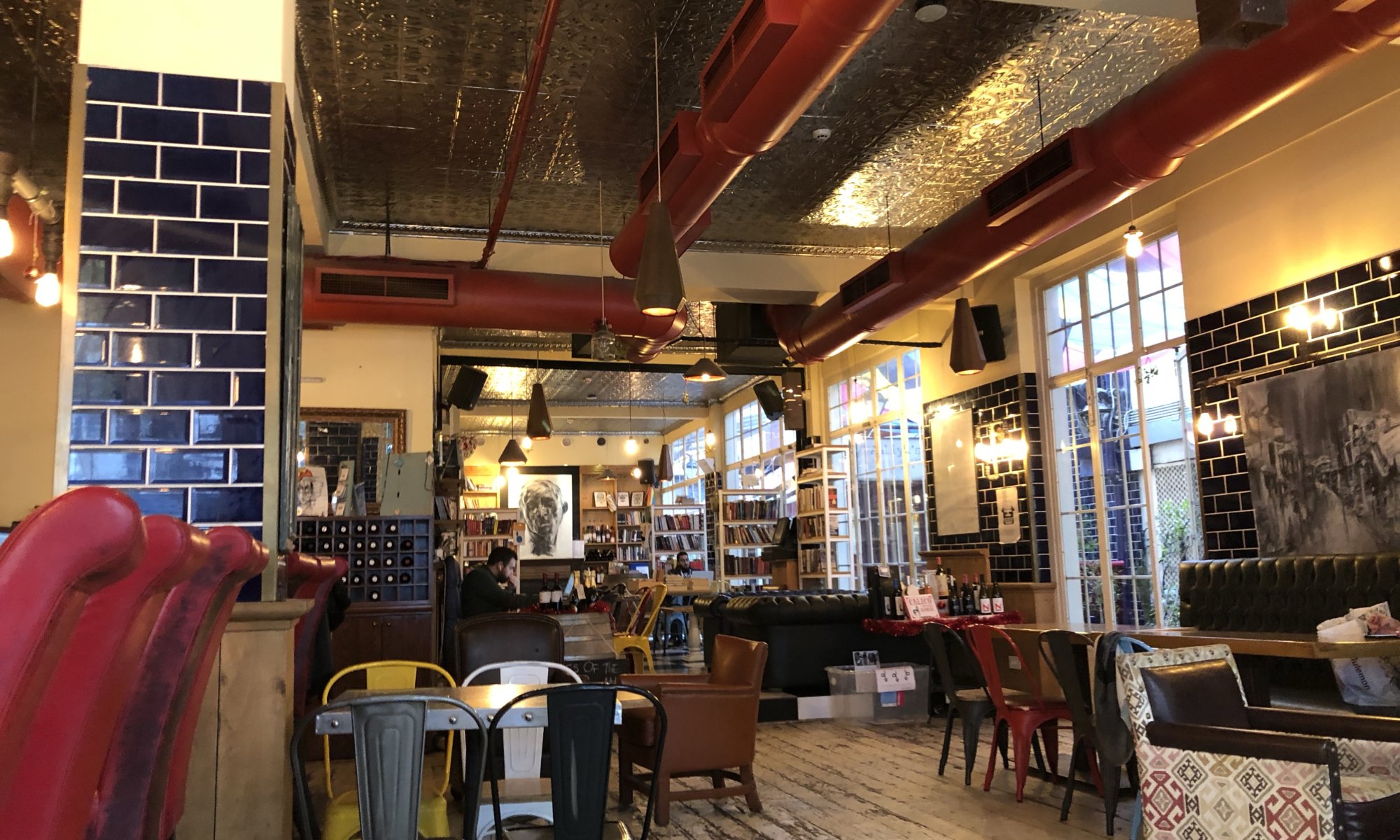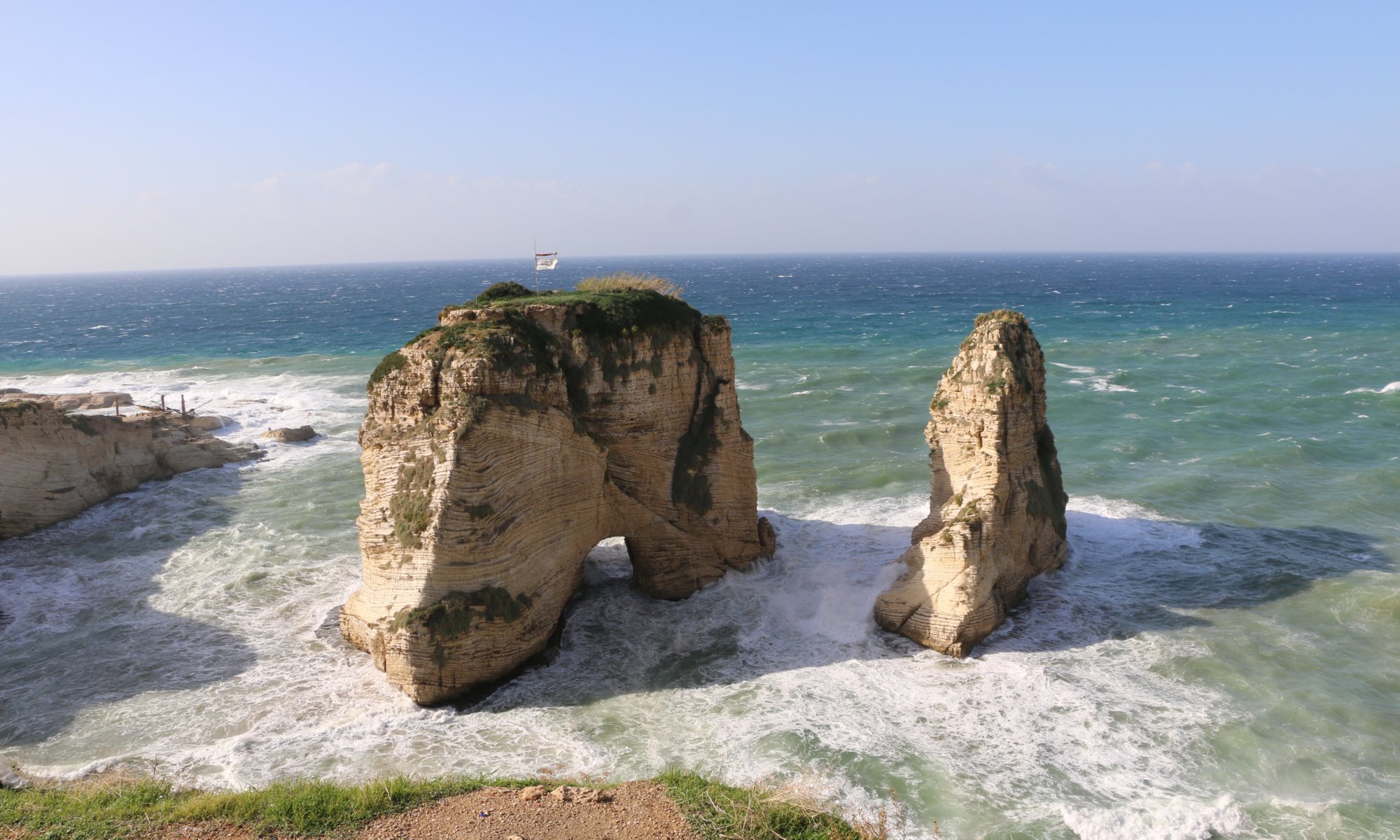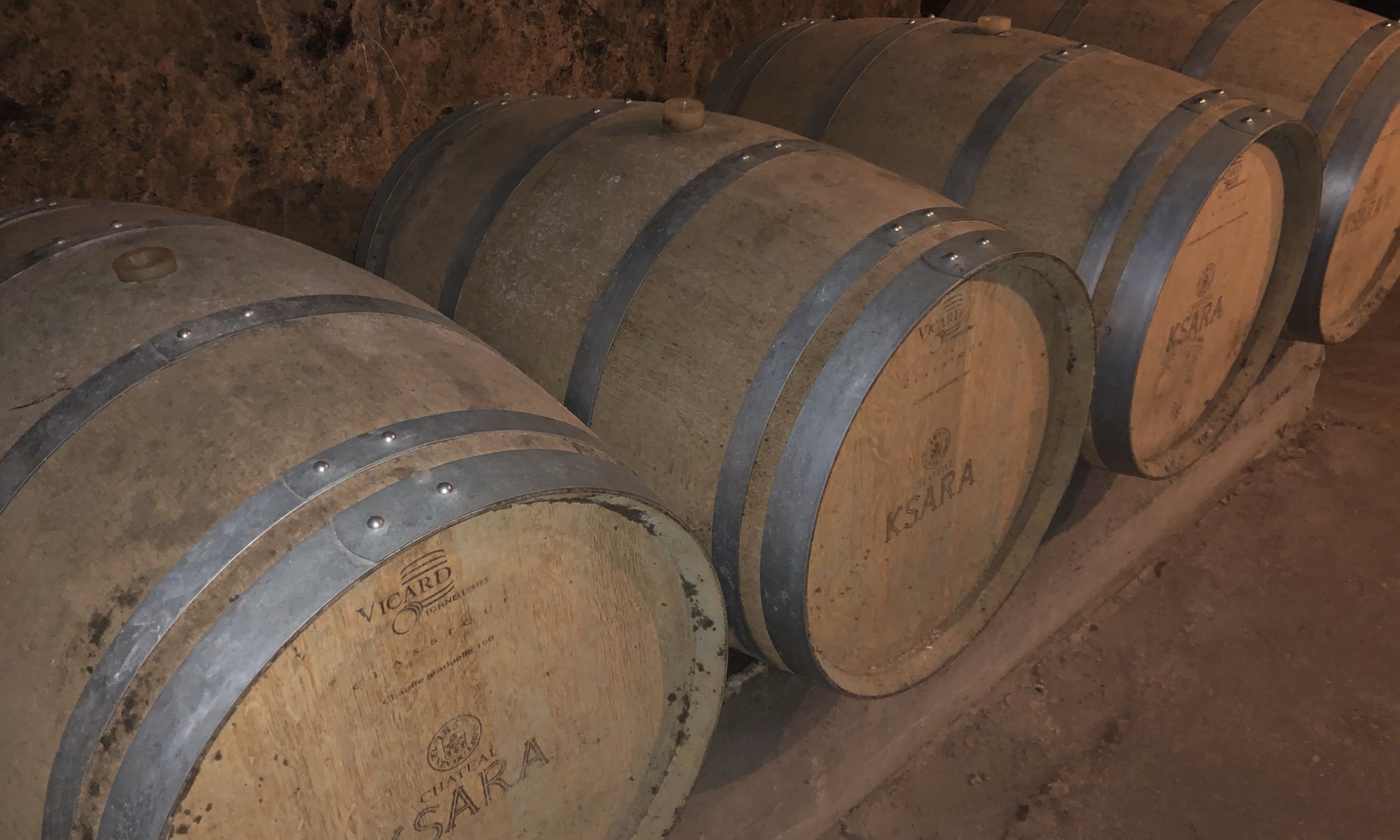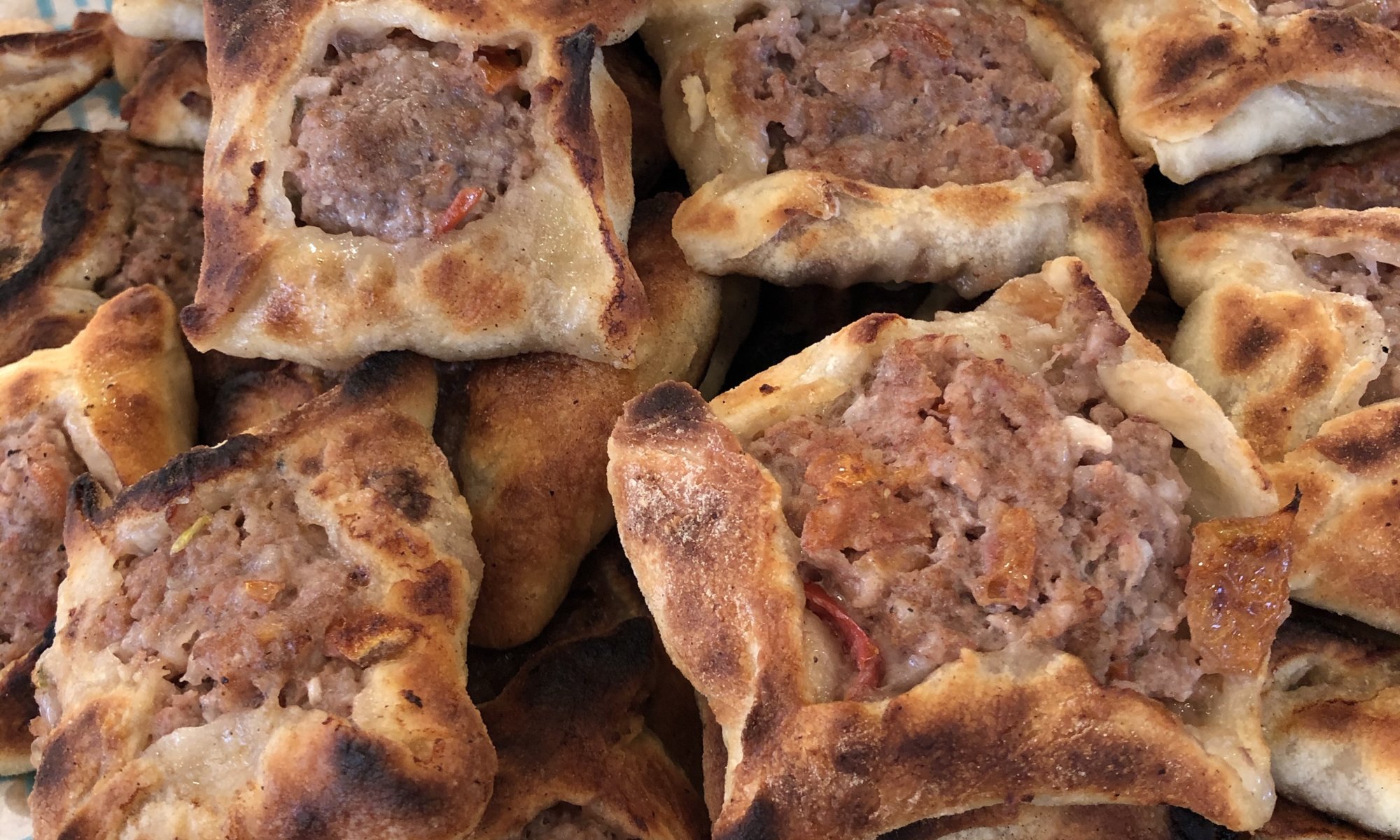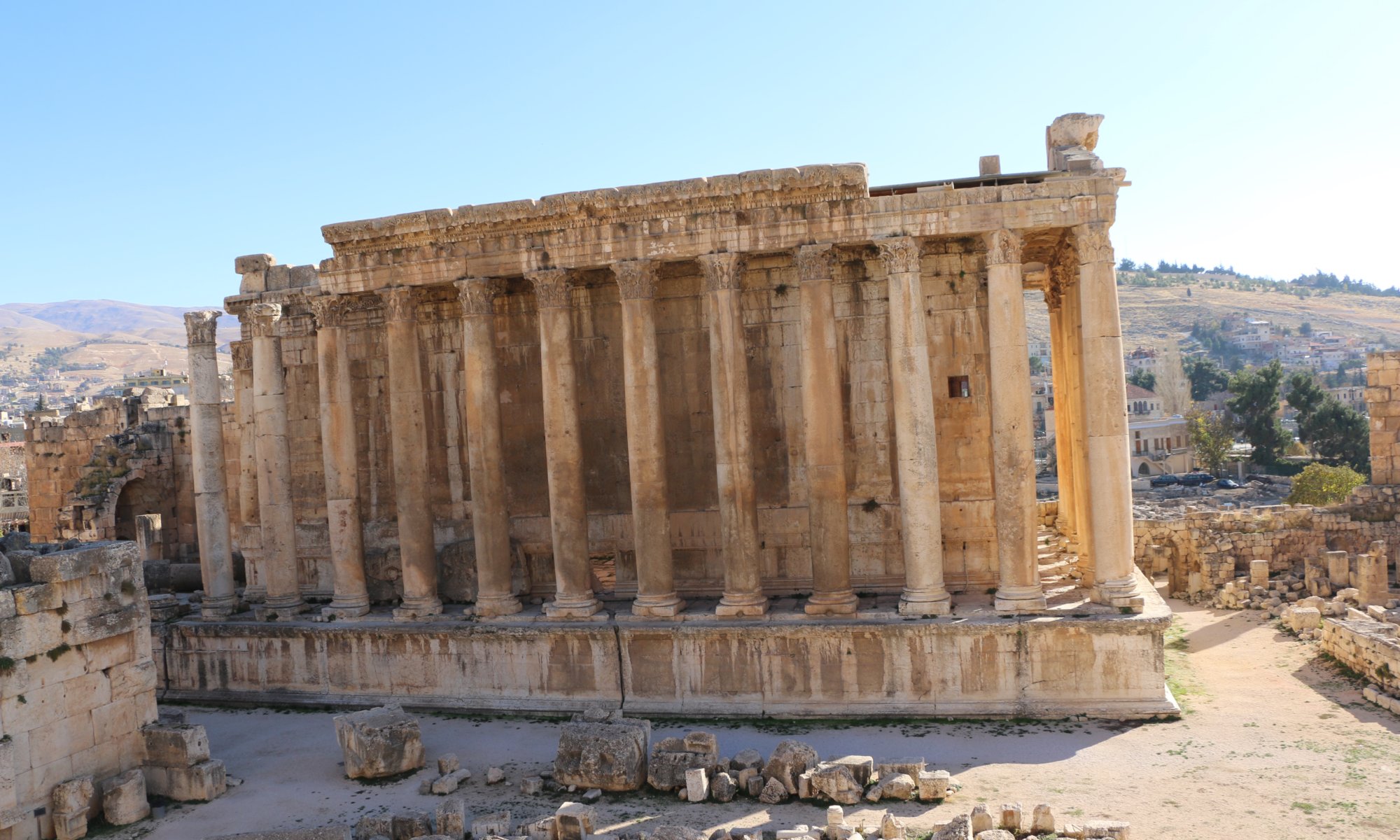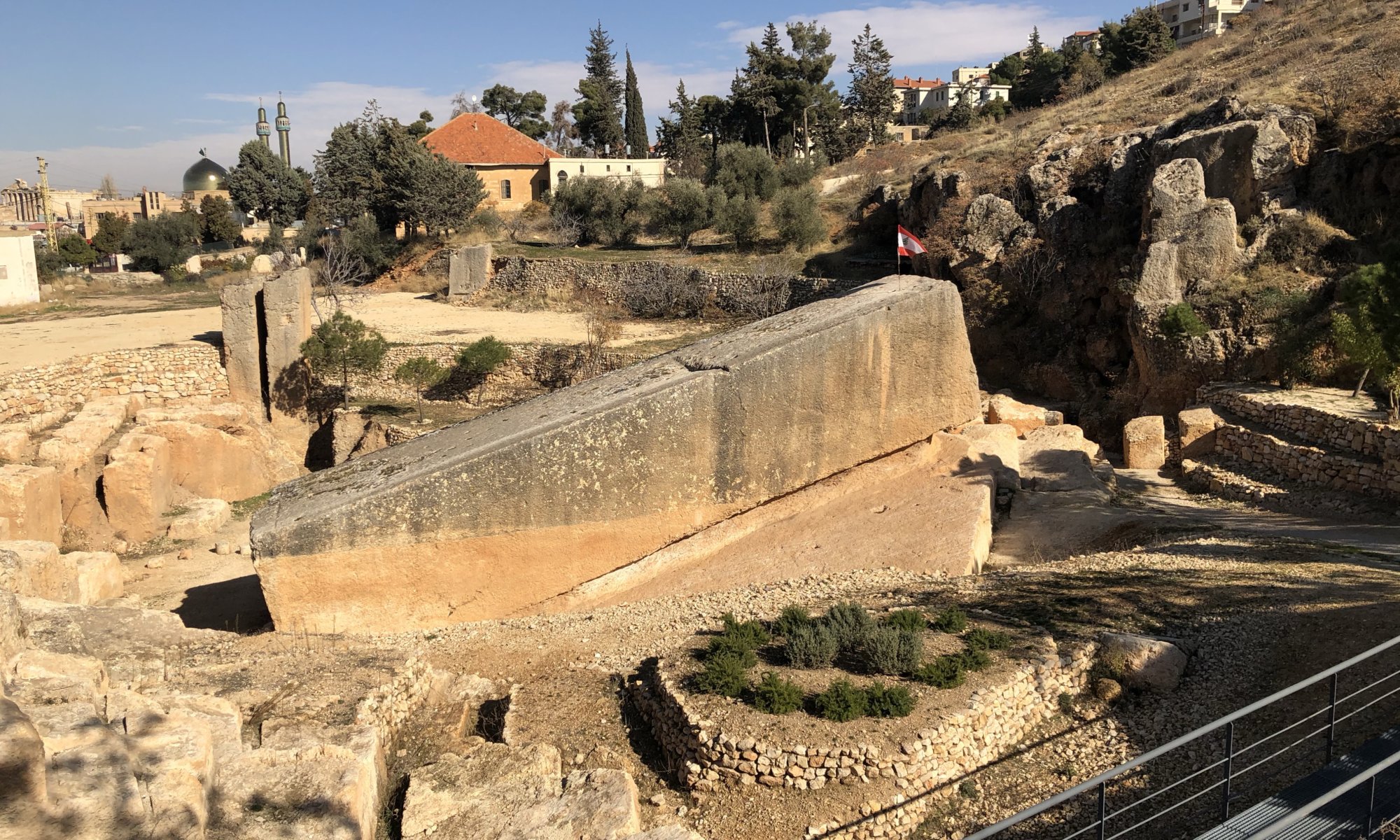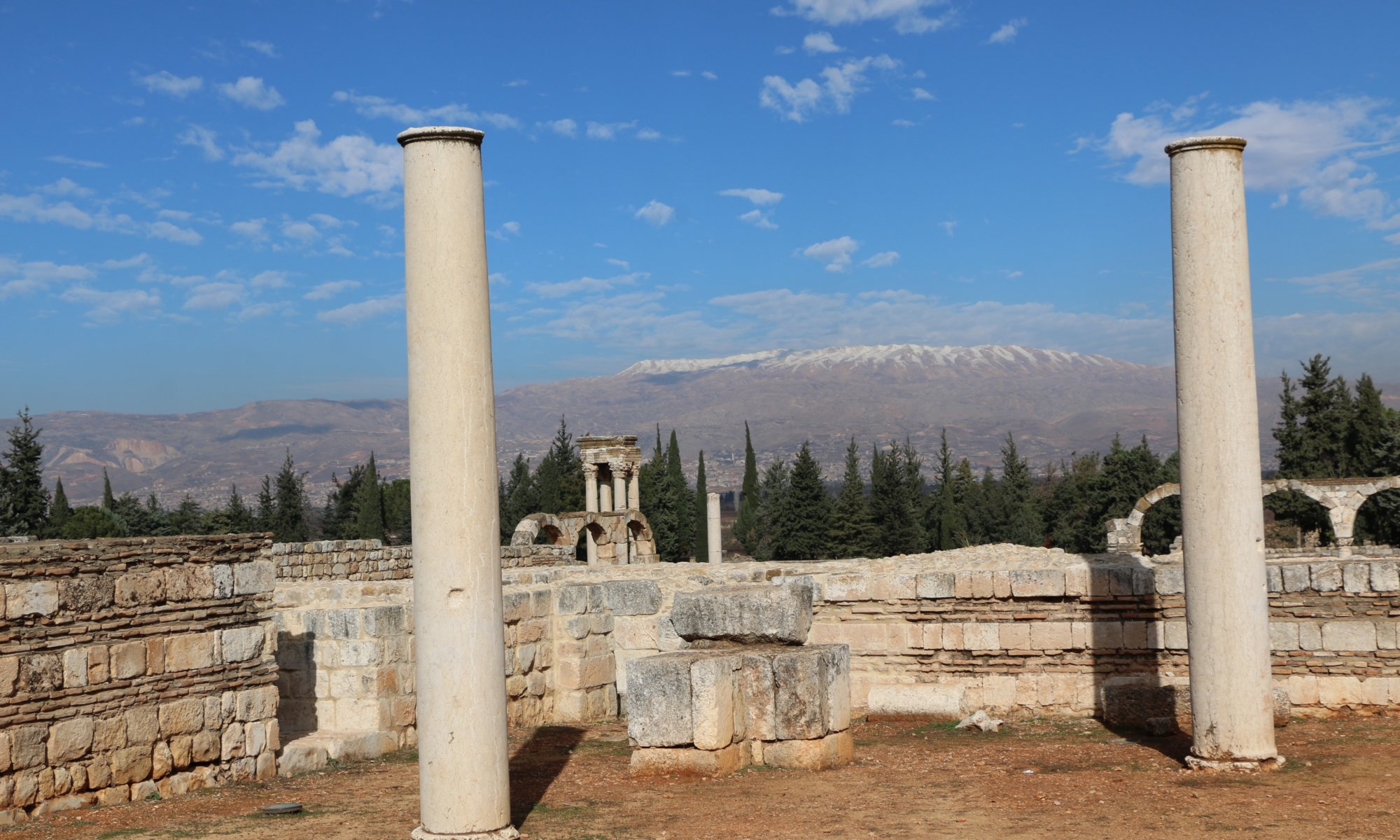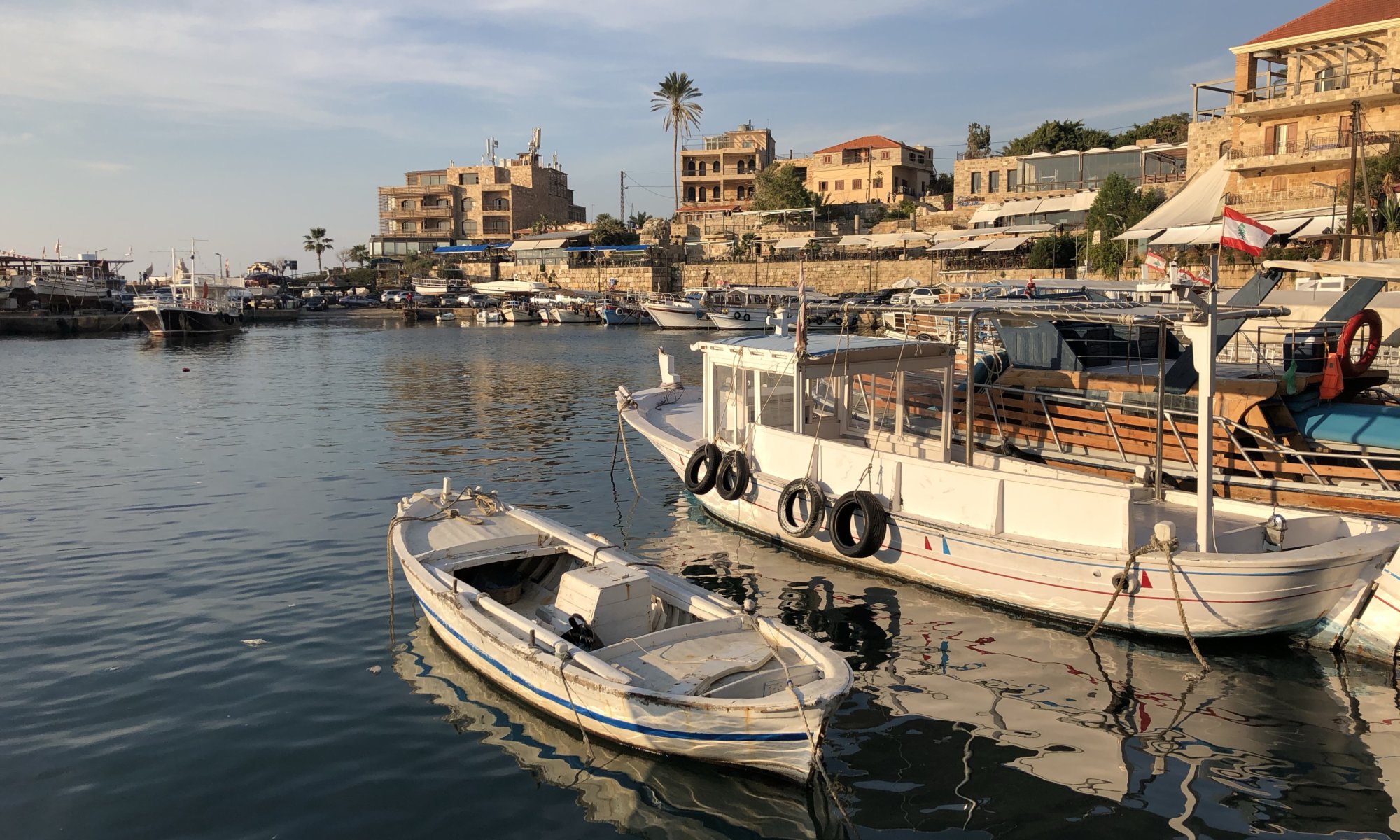The question most often asked while I was preparing for my visit to Lebanon was: Why? Why should one go to a country that is in Europe mostly connected with war and acts of terror? I had not one clear and good reason for this but a bunch of minor ones: I had travelled throughout Israel and when arriving at the border to Lebanon I was unhappy that there was no chance to pass. I had contact with many different persons in Germany that had fled from Lebanon because of the civil war, I had read so much about the conflicts in this region. I enjoyed Lebanese food at home and wanted some more. And I simply wanted to see how life is like in this region of the world. And then there is Beirut – a city once called the Paris of the Middle East; doesn’t that sound inviting?
Continue reading “Paris of the Middle East”Civil war
Lebanon is a country quite far away in the Middle East and part of the Levante states. But already in my youth, I somehow got in contact with the country and it was all because of the Lebanese civil war which was long-lasting (from 1975 to 1990) but already over by that time. I got in contact with Lebanese people who fled to Europe and started a new life here. With that guy who opened up a fantastic falafel eatery at Göttingen, Germany, or later with the nice Lebanese family that sold delicious food at Hann. Münden, Germany. My image of Beirut was shaped by a rather unexpected medium: computer games.
Continue reading “Civil war”Aaliyah’s books
The Armenian quarter of بيروت, Lebanon is well-known for its good bars and restaurants. It is located in the former Christian East of the city and you can easily reach the road called Armenia from Martyr’s square and the city centre. Close to the St. Nicholas Stairs (linking Armenia with the Sursock art museum and often used for art exhibitions) you will find Aaliyah’s books – one of the cosiest places of the Lebanese capital.
Continue reading “Aaliyah’s books”Pigeons‘ rocks
The Pigeons’ rocks or Raouché rocks are a rock formation consisting of two large rocks standing at the shore of the Mediterranean Sea – surrounded by water and waves. They are located in the West of بيروت, Lebanon, belonging to an area called Raouché or Ras Beirut (‘Head of Beirut‘). These iconic rocks are a town’s landmark of the city and often visited by tourists and locals. It is believed that the rocks have split up from the mainland around the 13th century CE. On them, archaeologists discovered tools and flintstones of early humanity.
Continue reading “Pigeons‘ rocks”Château Ksara
The landscape of Lebanon is totally different from other countries of the Middle East. You won’t find deserts there – because of the high mountains it is a green country and you can even go skiing. The Beqaa valley is used to grow all sorts of fruits and vegetables (formerly also hashish and opium, but that is another story) and of course wine grapes. Different vineyards can be found and the Château Ksara at زحلة is the oldest and most visited. It was founded in 1857 by Jesuit priests because they needed wine for religious purposes.
Continue reading “Château Ksara”Sfiha
Lebanese food is well-known across the world and because of the large Lebanese diaspora, it is also widely available. But you don’t need to think about high-class restaurants – even small eateries or bakeries can surprise you with delicious experiences. One of them is Sfiha, minced meat wrapped in pizza dough and baked in small pieces. You get it with a lemon to drop some juice on top and salted yoghurt to drink in between. Once you started with eating it is hard to stop again.
Continue reading “Sfiha”Baalbek
One of the very good reasons to travel to Lebanon is the historic temple site of بعلبك. Baalbek is located in a strategically important position of the Beqaa valley and was once called Heliopolis (the city of the sun). There the Romans built temples to worship their gods between the 2nd and 3rd century CE. The site is vast and temples for Jupiter, Mercurio, Venus and Bacchus can be found. The temple of Mercurio is mostly destroyed, the temple of Venus is preserved only in parts. Most interesting and best-preserved are the temples for Jupiter (the highest god) and for Bacchus – the god of wine.
Continue reading “Baalbek”Biggest stone
There seems to be a competition around the world who has the biggest monolith. Is it in Lebanon, in Egypt or in China? When you get to بعلبك, Lebanon you can visit the Roman quarry in which the stones for the Baalbek temples have been carved and at its centre, you’ll see the Hajjar al-Hibla (Stone of the South or Stone of the Pregnant Woman). The monolith with a weight of 1,000 t is 20 meters long and has been carved but not yet moved to the temple site.
Continue reading “Biggest stone”Umayyad city ruins
The Umayyads might be unknown to most Europeans. It is a clan of the Quraysh, the Arabian tribe from Mecca whom also the prophet Muhammad belonged to. They were the ones who conquered Spain and when their caliphate was at the greatest extent it reached from there via Northern Africa to the Middle East, the Arabian peninsula and Western Asia. At عنجر, Lebanon you can visit the ruins of one of their cities created in the 8th century – which is today a UNESCO world heritage site.
Continue reading “Umayyad city ruins”Byblos
The city of جبيل, Lebanon, is one of the oldest, still inhabited cities in the world. It dates back to 5th century BCE and was over many centuries an important harbour for trading with Egypt and Cyprus. While the Egyptians preferred the strong Cedarwood of Lebanon, the Lebanese needed stones that were less weak than the local material. Byblos also became an important hub for trading papyrus. Under the name Gibelet and under Christian reign it became an important harbour for the Christian crusaders travelling to the Holy Land.
Continue reading “Byblos”